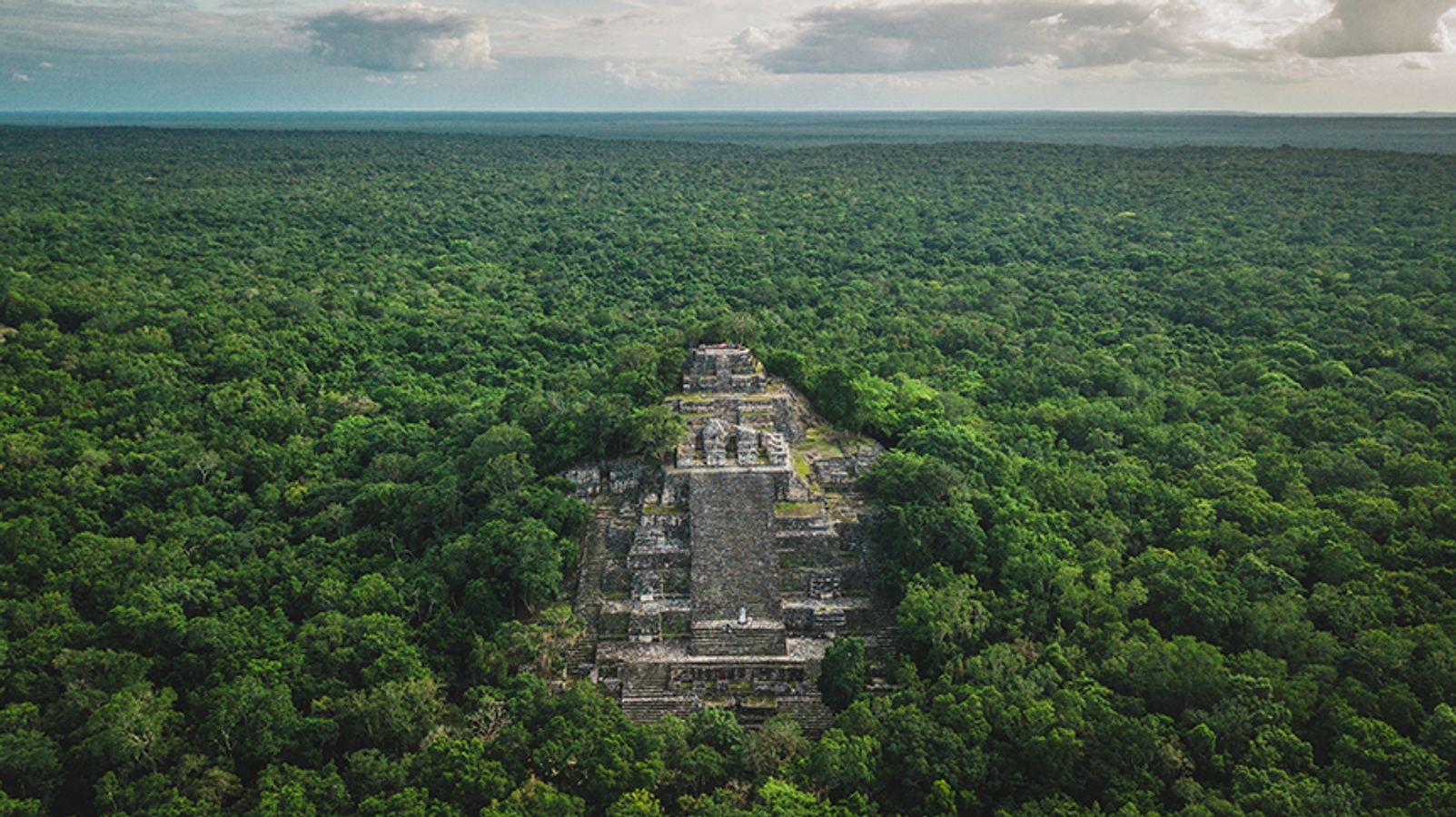
'6,500 hidden structures': Laser finds lost Mayan megacity with pyramids hiding in plain sight
Produced by: Mohsin Shaikh

Hidden Cities
Using lidar, a laser-based detection system that maps landscapes by cutting through dense foliage, Tulane researchers uncovered over 6,500 hidden Maya structures in Mexico, including lost pyramids and cities. This discovery reveals just how much remains to be learned about the Maya civilization.

Credit: Luke Auld-Thomas/Tulane University

Lidar Revolution
With laser-guided lidar technology, scientists can see through dense jungle canopies and reveal sprawling settlements. Entire cities and networks, once thought lost, are emerging from beneath the trees, rewriting Maya history.
Credit: AI Generated/Adobe stock
Ancient Secrets
Lidar imaging revealed a Maya landscape full of bustling cities and infrastructure, not just scattered villages. This discovery challenges old assumptions and suggests a thriving, highly organized civilization deep in the jungle.
Credit: Luke Auld-Thomas/Tulane University

Lost Highway
Researchers found a large Maya city with pyramids near a modern-day highway, where farmers unknowingly worked among ruins. This find emphasizes how much of the Maya civilization lies hidden in plain sight, waiting to be discovered.

Vast Network
Luke Auld-Thomas and Professor Marcello Canuto's study uncovered an astonishing number of structures. Their work reveals a network of Maya cities and towns far more complex than previously imagined, changing our understanding of the past.
Representative pic

Rural Riches
Beyond dense urban centers, lidar exposed rural settlements intricately connected to larger Maya hubs. The civilization's footprint spanned massive areas, with diverse communities coexisting in harmony with the tropical landscape.
Representative pic

Jungle Mysteries
The dense forests of Mexico concealed a rich tapestry of Maya life for centuries. Thanks to lidar, researchers have pierced the jungle veil, revealing everything from grand pyramids to everyday homes that once buzzed with activity.
Representative pic

Transforming Knowledge
Maya research is undergoing a revolution. Lidar imaging is not just mapping structures; it’s rewriting history by revealing a densely populated and highly advanced society with complex infrastructure and sprawling cities.

Population Puzzle
Tulane's lidar study reignited debates about Maya population size. The vast number of buildings discovered suggests a civilization far larger and more sophisticated than we ever expected. How big was the Maya world really?
Representative pic